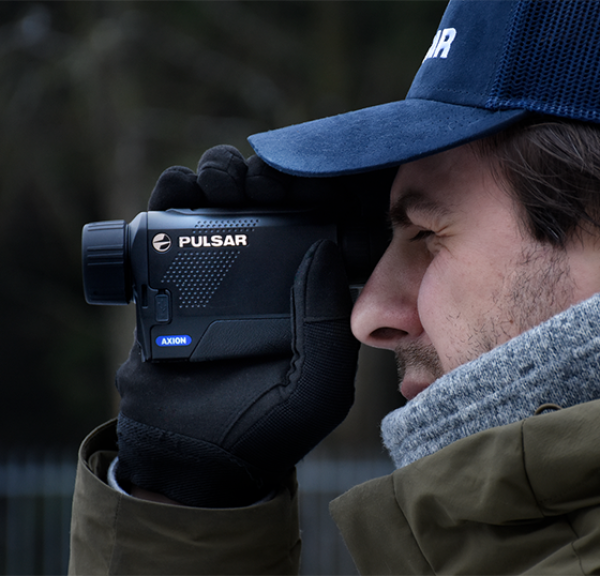First responders, such as police officers and firefighters, have a desire to help others and serve their communities. That desire, paired with the exciting and often unpredictable nature of the work, is what makes them a special and unique group of people. First response agencies range from volunteer and paid to combination departments. Regardless of the structure of their makeup, they all have a common goal; to serve and protect the citizens of the communities they serve.
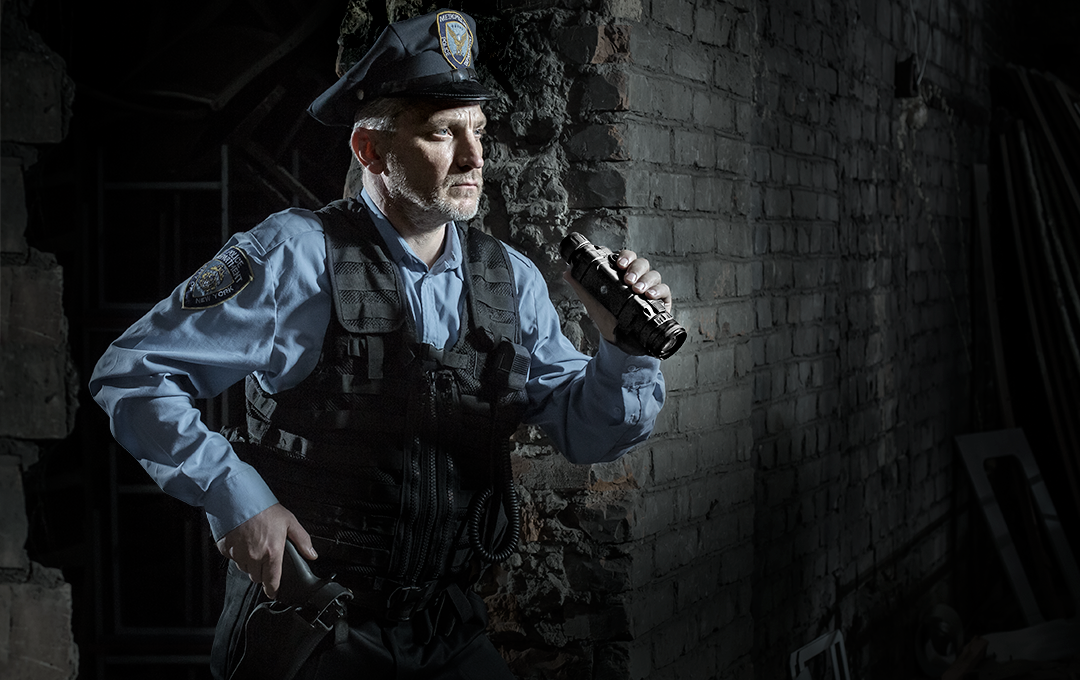
First responders have many specialized and unique tools to help them do their jobs to the best of their abilities. Police officers use mobile data computers to help them find specific addresses, get updated dispatch information and look up pertinent information to the call. Every shift, they put on their duty belt that holds their service pistol, taser, cuffs, flashlights and gloves. They put on their vest that will shield them from the uncertainty of what the day may hold. Tactical officers utilize tools specifically designed to surprise and disorient suspects.
Firefighters have the jaws of life capable of removing tons of twisted metal, nozzles that are designed for foam application, hoses of all sizes for different types of fires and catastrophe — along with thousands of other tools make up the fire department’s vast array of gear options.
Thermal imaging cameras in use by most fire departments are designed to withstand the heat encountered in house fires. Temperatures can reach 1000 degrees or more at the ceiling and several hundred degrees at the floor. These cameras assist firefighters in quickly locating victims that have been trapped or overcome with heat and smoke. It also allows crews to keep track of one another in blackout conditions and helps find hazards such as holes in the floor and missing staircases. Thermal imaging cameras help rescue crews locate the seat of the fire and any hidden fire that may be overhead or in walls.
Thermal imaging cameras designed to withstand the extreme heat present in fire conditions do have limitations in other applications—field of view is relatively small, and they are not designed to scan long distances.
There are numerous instances when personal handheld thermals in the hands of police and firefighters are very beneficial to the emergency scene. Many times, we find ourselves on a stretch of road in the middle of the night called to a vehicle that has rolled over. In some instances, the driver has simply called a friend and walked away. In other instances, officers and firefighters walk the side of the roadway with flashlights searching in the dark for a victim that may have been ejected and is injured.
Many natural disasters happen at night. We often find ourselves searching homes and surrounding areas for residents or pets that have been displaced due to tornadoes or flood water. Being able to scan large open areas quickly is a huge advantage to responding crews. Quickly locating a victim that is clinging to a tree after their car was swept away by floodwater could save a life. The faster victims are located, the faster plans can be made, and resources can be gathered to make the rescue.
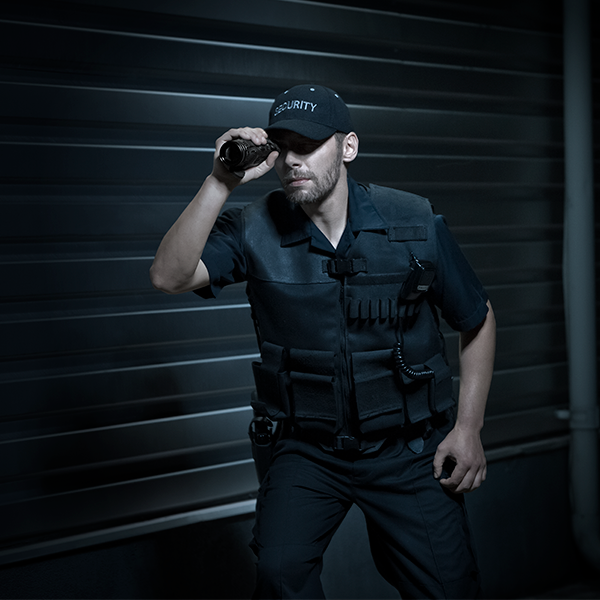
Firefighters all over the country have encountered wildfires of some type. In many parts of the country, these are seasonal, with wildfire seasons peaking in the heat of summer and again in the winter when everything has become dormant. In some areas, however, there is no real “season” and wildfires of significant magnitude are fueled by drought and wind conditions. Thermal imaging cameras such as the Pulsar Axion XM30S or Helion 2 offer first responders the ability to locate hotspots, find areas of new fire and actually watch how areas of fire are being affected by the wind. With thermal technology, these devices are picking up heat signatures and thus pick up the heat and embers generated by the fire and wind. This gives firefighters and incident commanders an idea of where “spot fires” may form from flying embers.
Handheld thermal imaging has a place for use by first responders. It is another tool that crews can add to their vast toolboxes. The list of potential uses will grow with every unique call encountered. With the cost of this technology becoming very affordable, the potential to see police departments and fire departments around the world implementing this for their personnel is very real.
Think outside the box!
Source - Sellmark Corporation
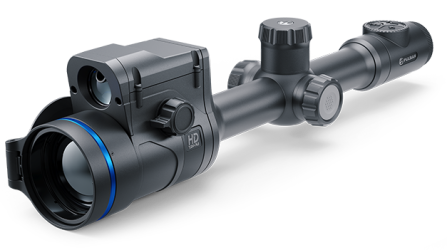 Thermion 2 LRF XL50
Thermal Imaging Riflescope
Thermion 2 LRF XL50
Thermal Imaging Riflescope
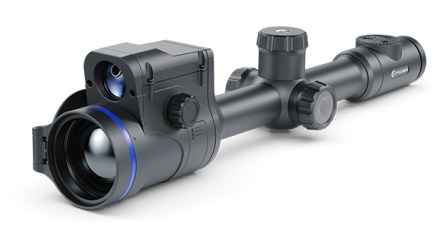 Thermion 2 LRF
Thermal Imaging Riflescopes
Thermion 2 LRF
Thermal Imaging Riflescopes
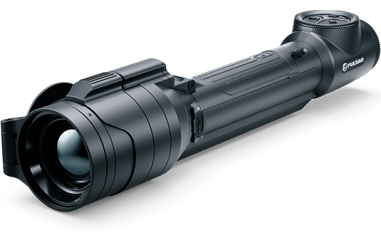 Talion
Thermal Imaging Riflescopes
Talion
Thermal Imaging Riflescopes
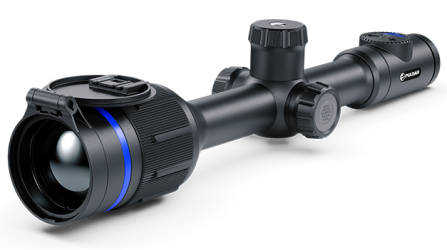 Thermion 2
Thermal Imaging Riflescopes
New
Thermion 2
Thermal Imaging Riflescopes
New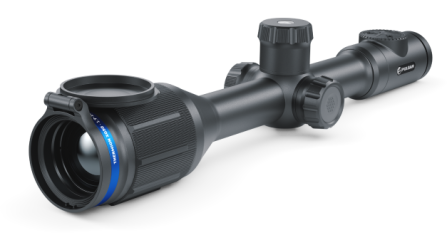 Thermion XG
Thermal Imaging Riflescopes
Thermion XG
Thermal Imaging Riflescopes
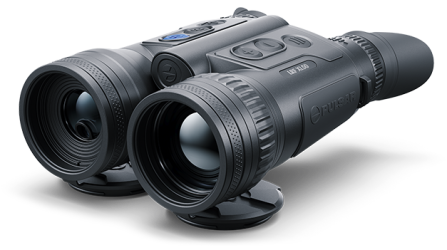 Merger LRF XL50
Thermal Imaging Binoculars
Merger LRF XL50
Thermal Imaging Binoculars
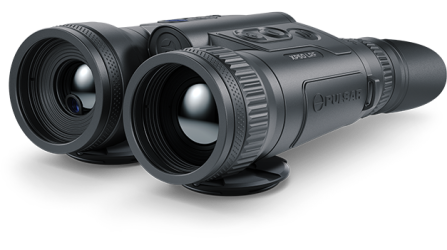 Merger LRF XP50
Thermal Imaging Binoculars
New
Merger LRF XP50
Thermal Imaging Binoculars
New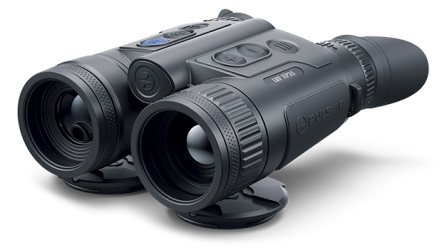 Merger LRF XP35
Thermal Imaging Binoculars
Merger LRF XP35
Thermal Imaging Binoculars
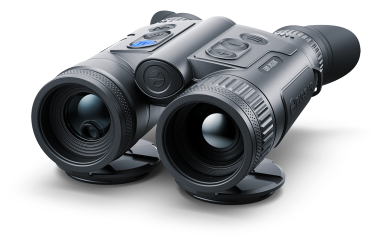 Merger LRF XQ35
Thermal Imaging Binoculars
New
Merger LRF XQ35
Thermal Imaging Binoculars
New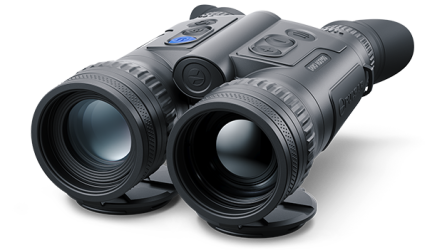 Merger Duo NXP50
Multispectral Binoculars
Merger Duo NXP50
Multispectral Binoculars
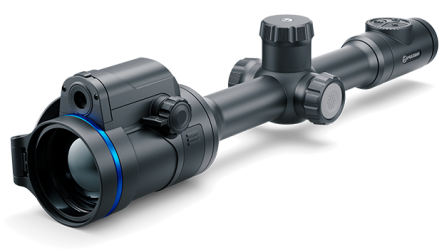 Thermion Duo
Multispectral Thermal Riflescope
Discontinued
Thermion Duo
Multispectral Thermal Riflescope
Discontinued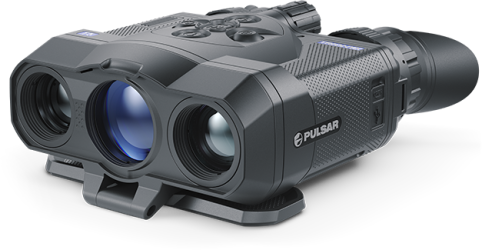 Trionyx
Multispectral Fusion Binoculars
New
Trionyx
Multispectral Fusion Binoculars
New Telos
Thermal Imaging Monoculars
Telos
Thermal Imaging Monoculars
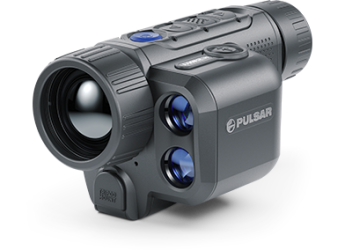 Axion 2 LRF
Thermal Imaging Monoculars
Axion 2 LRF
Thermal Imaging Monoculars
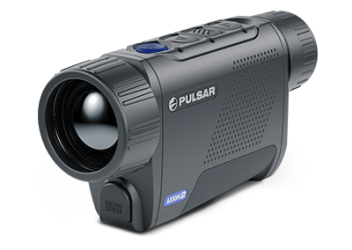 Axion 2
Thermal Imaging Monoculars
New
Axion 2
Thermal Imaging Monoculars
New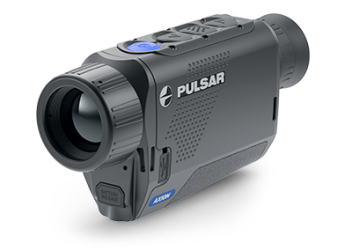 Axion XQ30 PRO
Thermal Imaging Monoculars
Axion XQ30 PRO
Thermal Imaging Monoculars
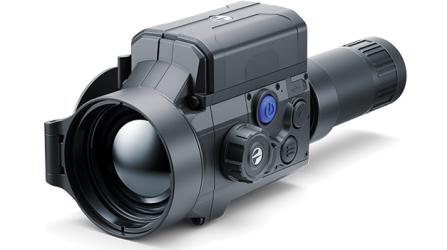 Krypton 2
Thermal Imaging Monocular
Krypton 2
Thermal Imaging Monocular
 Axion XM30F
Thermal Imaging Monoculars
Axion XM30F
Thermal Imaging Monoculars
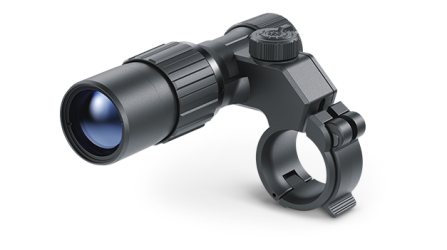 Pulsar Digex-XS
External Infrared Illuminators
Pulsar Digex-XS
External Infrared Illuminators
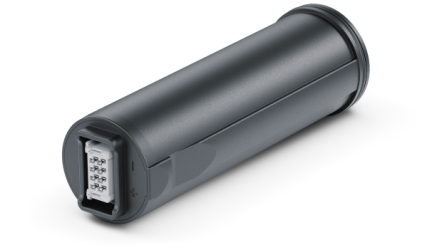 APS Batteries
Battery Packs
APS Batteries
Battery Packs
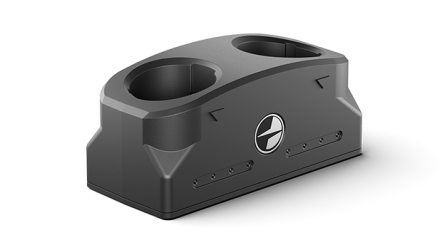 APS Chargers
Battery Chargers
APS Chargers
Battery Chargers
 LPS 7i Battery Pack
Battery Packs
LPS 7i Battery Pack
Battery Packs
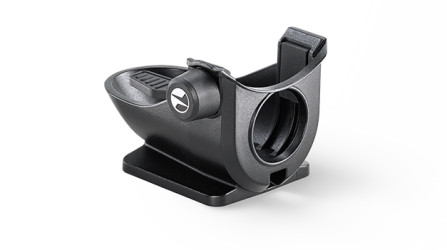 Telos LRF Tripod Adapter
Pulsar Accessories
Telos LRF Tripod Adapter
Pulsar Accessories
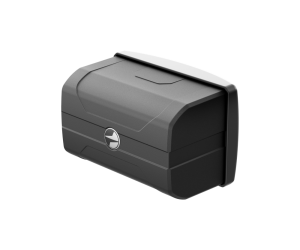 IPS Batteries
Battery Packs
IPS Batteries
Battery Packs
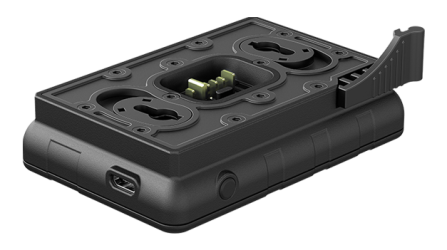 IPS Battery Charger
Battery Charger
IPS Battery Charger
Battery Charger
 TPS 7 Battery
Battery Packs
TPS 7 Battery
Battery Packs
 TPS 7 Battery Charger
Battery Chargers
TPS 7 Battery Charger
Battery Chargers
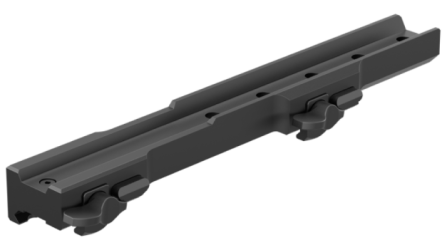 Rifle Mounts
for Pulsar Riflescopes
Rifle Mounts
for Pulsar Riflescopes
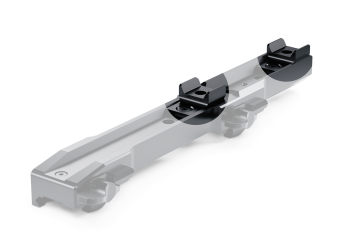 H7 Spacers
Repair Kits
New
H7 Spacers
Repair Kits
New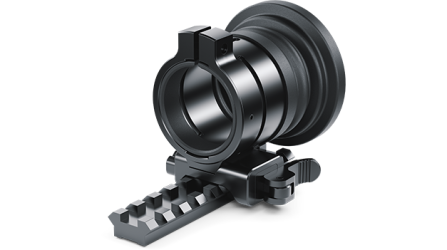 PSP-V Weaver Rail Adapter
Adapter
New
PSP-V Weaver Rail Adapter
Adapter
New PSP-B Ring Adapters
Ring Adapters
PSP-B Ring Adapters
Ring Adapters
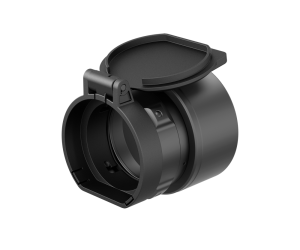 FN Adapters
Cover Ring Adapters
FN Adapters
Cover Ring Adapters
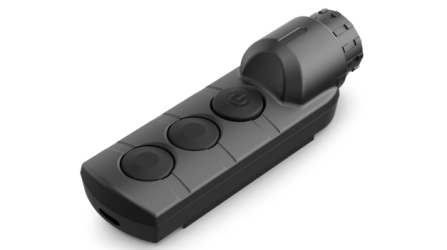 Remote Controls
for digital devices and thermal imagers
Remote Controls
for digital devices and thermal imagers
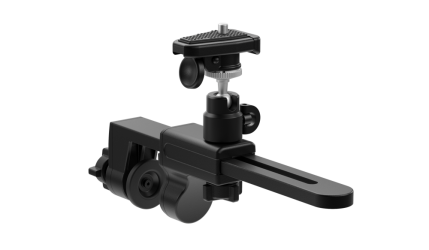 C-Clamp Mount
Pulsar Accessories
C-Clamp Mount
Pulsar Accessories
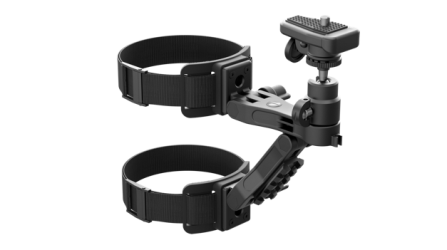 Tree mount
Pulsar Accessories
Tree mount
Pulsar Accessories
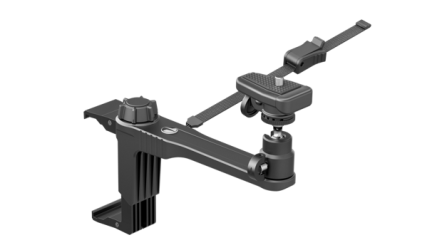 Window Frame Mount
Pulsar Accessories
Window Frame Mount
Pulsar Accessories
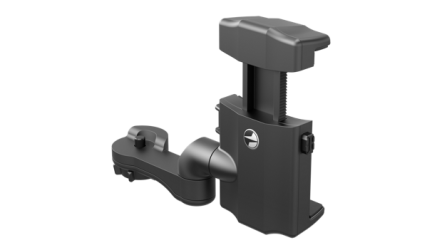 Helion Flip-Up Phone Mount
Pulsar Accessories
Helion Flip-Up Phone Mount
Pulsar Accessories
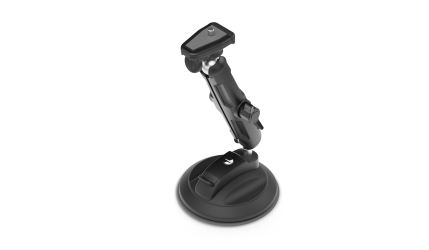 Flat Glass Mount
Pulsar Accessories
Flat Glass Mount
Pulsar Accessories
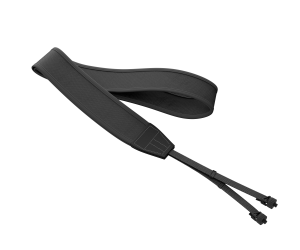 Neck Straps
Accessories
New
Neck Straps
Accessories
New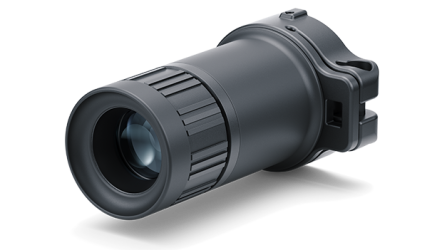 Monocular Pulsar 3x20 B
Accessories
Monocular Pulsar 3x20 B
Accessories
 Thermal Zeroing Targets
Accessories
Thermal Zeroing Targets
Accessories









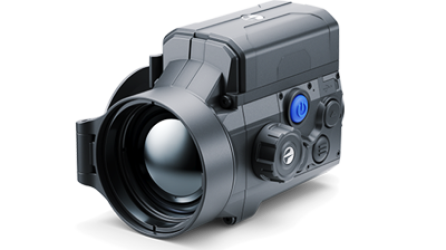
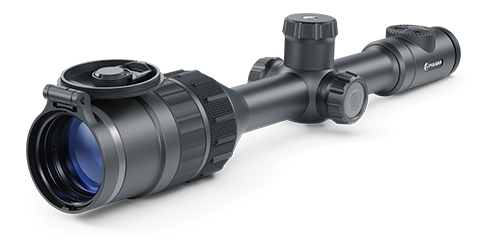
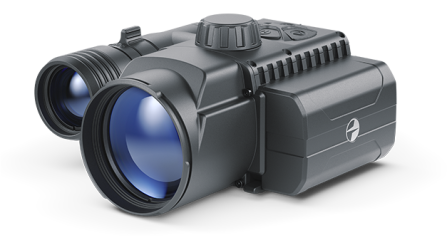
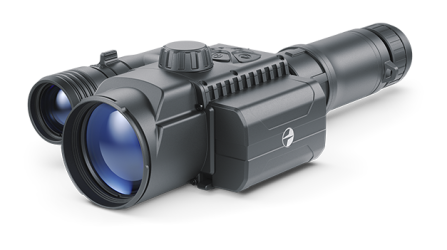



 English
English German
German French
French Spanish
Spanish Italiano
Italiano English
English Lietuvių
Lietuvių